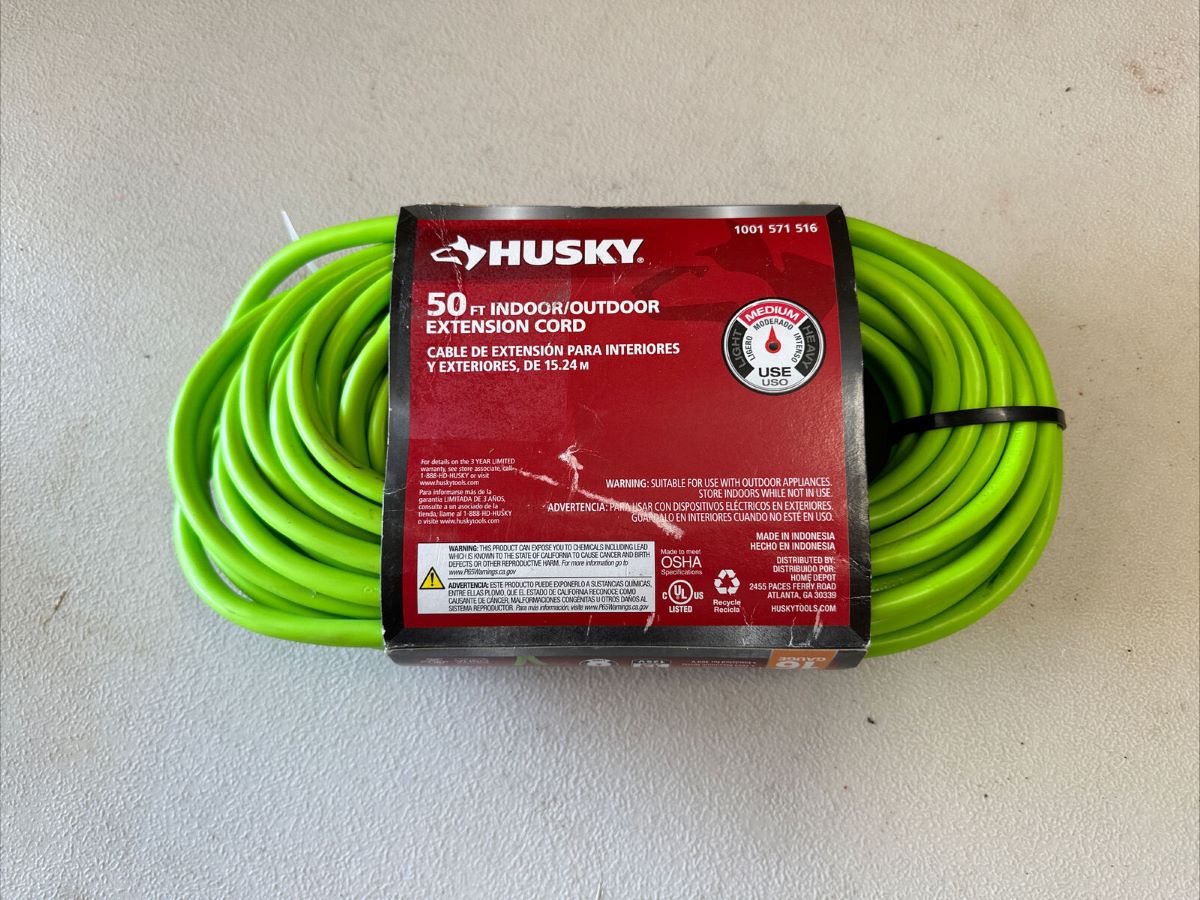

Articles
How To Store An Extension Cord
Modified: March 1, 2024
Learn the best way to store an extension cord to keep it tangle-free and in good condition. Find helpful articles and tips on proper cord storage.
(Many of the links in this article redirect to a specific reviewed product. Your purchase of these products through affiliate links helps to generate commission for Storables.com, at no extra cost. Learn more)
Introduction
An extension cord is a versatile and essential tool that allows us to conveniently extend the reach of electrical appliances or tools. Whether it’s for outdoor gardening work or indoor household activities, an extension cord provides the flexibility we need to get the job done. However, when it comes to extension cords, proper storage is often overlooked.
In this article, we will discuss the importance of storing an extension cord correctly and the common problems that can arise from improper storage. We will also provide a step-by-step guide on how to store an extension cord properly, ensuring its longevity and safety.
So let’s dive in and learn how to keep our extension cords tidy and organized!
Key Takeaways:
- Properly storing extension cords is crucial for safety, efficiency, and longevity. Inspect, untangle, coil, secure, and store your cords in a dry, safe location to ensure hassle-free and reliable performance.
- Utilize cord reels, label plugs, and regularly inspect stored cords to maintain an organized and efficient storage system. Protect your investment, ensure safety, and enjoy hassle-free and reliable performance whenever you need your extension cords.
Read more: How To Store Extension Cord
Importance of Proper Extension Cord Storage
Proper storage of extension cords is essential for several reasons. Firstly, it helps to protect the cord from damage, prolonging its lifespan. When an extension cord is left tangled or thrown haphazardly into a storage area, it can become twisted, kinked, or bent in ways that can weaken the cord. This can lead to fraying, exposed wires, or even electrical shorts, which pose a safety hazard.
Secondly, storing an extension cord properly reduces the risk of accidents. When cords are left lying around in disarray, they can become a tripping hazard, especially in high-traffic areas. A neatly stored cord eliminates this risk, keeping you and others safe from potential falls.
Thirdly, organizing your extension cords improves efficiency and saves time. When you need to use an extension cord, having it neatly coiled and ready for use allows for easy access and prevents frustration. No more wasting time untangling knots or searching for the right cord!
Additionally, proper storage prevents damage to other items in your storage space. A tangled or jumbled cord can snag on other objects or become entwined with them, potentially causing damage. By keeping your extension cords neatly stored, you can protect both the cords themselves and any surrounding items.
Finally, storing your extension cords properly reduces unnecessary stress and frustration. Instead of having to detangle cords or deal with a messy jumble every time you need them, you can have peace of mind knowing that your cords are easily accessible and ready to use.
Overall, taking the time to store your extension cords properly not only protects the cords themselves but also ensures your safety, saves time, preserves other items, and promotes a more organized and stress-free environment.
Common Problems with Improper Storage
When extension cords are stored improperly, several issues can arise. Let’s take a look at some common problems that can occur:
- Tangling: Improperly stored extension cords tend to become tangled easily. This can make it difficult to unravel and use them when needed, resulting in frustration and wasting precious time.
- Knots and kinks: When cords are haphazardly thrown into a storage space or wound around objects, they can develop knots and kinks. These twists and bends weaken the cord and may lead to fraying, exposing the inner wires and creating a safety hazard.
- Deterioration: Exposure to harsh environmental conditions like extreme heat, cold, or moisture can cause the outer casing of the extension cord to deteriorate over time. This can result in damage to the cord’s insulation and increase the risk of electrical hazards.
- Tripping hazards: Leaving an extension cord lying on the floor or draped over furniture poses a significant tripping hazard. Not only can this lead to injuries, but it can also cause damage to the cord itself, resulting in potential electrical shocks or short circuits.
- Damage to surrounding objects: When cords are stored carelessly, they can snag on or become entangled with other objects in the storage space. This can cause damage to those objects, such as scratching or breaking them.
- Difficult identification: Without proper storage, it can be challenging to identify the length and type of a specific extension cord. This can lead to frustration and the unnecessary use of the wrong cord for a particular task.
These problems not only compromise the longevity and safety of the extension cords, but they also create unnecessary hassles and potential risks when using them. By addressing these issues through proper storage, you can avoid these common problems and ensure the longevity and reliability of your extension cords.
Step-by-Step Guide on How to Store an Extension Cord
Storing an extension cord properly is easy and doesn’t require much time or effort. Follow these simple steps to ensure your cords are effectively stored:
- Inspect the Extension Cord: Before storing, check the cord for any signs of damage, such as fraying or exposed wires. If you notice any issues, it’s best to repair or replace the cord before storing it.
- Untangle and Straighten the Cord: Start by untangling the cord and straightening it out as much as possible. This will make it easier to handle and coil.
- Use a Cord Reel or Organizer: Consider using a cord reel or organizer specifically designed to keep your extension cords tidy. These devices help prevent tangling and make it easier to store and transport your cords.
- Coil the Extension Cord: Begin coiling the cord in a clockwise direction, making loops that are about 1-2 feet in diameter. This size makes the cord easier to handle and helps prevent kinks.
- Secure the Coil: Once the cord is fully coiled, secure it by using a twist tie, Velcro strap, or a specialized cord clip. This will keep the coil intact and prevent it from unraveling.
- Store in a Dry and Safe Location: Find a dry and safe location to store your neatly coiled and secured extension cord. This can be a designated storage area, a shelf, or a storage box specifically designed for cords and cables.
By following these steps, you can ensure that your extension cords are well-organized, protected from damage, and easily accessible for future use. Your cords will be ready to deploy whenever you need them, saving you time and frustration.
Inspect the Extension Cord
Before storing your extension cord, it’s essential to inspect it for any damage or signs of wear. Taking the time to assess the cord’s condition ensures that you don’t store a potentially hazardous cord. Here’s what you should do when inspecting your extension cord:
- Check for Fraying: Look closely at the entire length of the cord to identify any frayed or worn-out sections. Fraying can expose the inner wires, creating a safety hazard. If you notice any fraying, it’s crucial to address it before storing the cord.
- Look for Exposed Wires: Examine the plugs on both ends of the extension cord. Ensure that the wires are securely connected and that there are no exposed wires or loose connections. Exposed wires pose an electrical shock risk and should be repaired before storage.
- Inspect the Outer Casing: Examine the outer casing of the extension cord for any cracks, cuts, or other damage. If you find any significant damage, it may be wise to replace the cord altogether. Minor damage can be repaired using electrical tape or heat shrink tubing, but it’s crucial to address it before storage to prevent further deterioration.
- Check the Grounding Prong: If your extension cord has a grounding prong (a third prong), ensure it is intact and not bent or broken. The grounding prong is essential for safety, so if it is damaged, consider replacing the cord.
- Test the Functionality: Plug the extension cord into a functioning outlet and test it with a small electronic device to ensure it is working correctly. If you notice any issues with the cord’s functionality, such as intermittent power or no power at all, it may be time to replace it.
By thoroughly inspecting your extension cord before storage, you can identify any potential safety hazards or issues that may need to be addressed. This proactive approach ensures that you store a cord that is in good condition and safe to use in the future.
Read more: How To Store An Electrical Cord
Untangle and Straighten the Cord
Once you have inspected your extension cord and ensured it is in good condition, the next step in proper storage is to untangle and straighten the cord. This step is crucial for several reasons: it prevents knots and kinks that can weaken the cord, makes it easier to handle, and ensures a tidy storage coil. Follow these steps to untangle and straighten your extension cord:
- Lay the Cord Flat: Find a clear and open space where you can lay the cord flat, such as a clean floor or a large work surface. Make sure there are no obstacles or obstructions that could hinder the untangling process.
- Identify Tangled Areas: Look for any obvious tangles or knots in the cord. Gently trace the entire length of the cord with your hands, feeling for areas where the cord is twisted or caught on itself.
- Untangle Using Hands: Begin untangling the cord by using your hands to separate any twisted sections. Gently work your way through the tangles, being careful not to pull or tug forcefully, as this can cause further damage to the cord.
- Use a Cord Untangler: If the cord is severely tangled and difficult to untangle manually, consider using a cord untangler or cable comb. These tools are designed to help separate tangled cords quickly and effectively.
- Straighten the Cord: Once the tangles have been removed, hold one end of the cord and gently run your other hand along its length, straightening out any remaining kinks or twists. This step will make it easier to coil the cord neatly.
By untangling and straightening your extension cord, you ensure that it remains in good condition and is easier to work with in the future. It’s worth taking the extra time to properly untangle the cord and eliminate any knots or kinks before moving on to the storage process.
When storing an extension cord, coil it neatly to prevent tangling and store it in a dry, cool place to prolong its lifespan and prevent damage.
Use a Cord Reel or Organizer
Using a cord reel or organizer is an excellent way to keep your extension cords neatly stored and tangle-free. These handy devices provide a designated space to store your cords, making them easily accessible and preventing them from getting tangled with other items. Here’s how you can utilize a cord reel or organizer for efficient extension cord storage:
- Select the Right Cord Reel or Organizer: There are various types of cord reels and organizers available in the market. Choose one that suits your needs and can accommodate the length and thickness of your extension cords. Make sure it is made from durable materials to withstand regular use.
- Prepare the Cord Reel: If you are using a cord reel, unwind it fully and ensure that it is free from any existing tangles or knots. This will provide a clean surface to wrap your extension cord around.
- Attach the Cord to the Cord Reel or Organizer: Start by attaching one end of the extension cord to the designated hook or slot on the cord reel or organizer. This will prevent the cord from unraveling and keep it securely in place.
- Wrap the Cord Neatly: Begin coiling the extension cord around the cord reel or organizer, making sure to maintain a tight yet even distribution. Move in a clockwise direction, creating uniform loops as you go.
- Secure the Cord: Once you have reached the end of the extension cord, secure it in place on the cord reel or organizer. Most cord reels or organizers have built-in features like clips, hooks, or straps to keep the cord neatly in place.
- Label or Identify the Cord: To make it easier to identify a specific extension cord, consider labeling or marking them accordingly. This can be done using colored tape, cable tags, or labels with relevant information like cord length or purpose.
Using a cord reel or organizer not only keeps your extension cords tangle-free but also allows for easy storage and transportation. It eliminates the hassle of untangling cords before use and helps maintain the overall organization of your storage space. With a cord reel or organizer, you can access your extension cords quickly and efficiently whenever you need them.
Coil the Extension Cord
Coiling the extension cord properly is an essential step in storing it effectively. A neat and tight coil not only prevents tangles and knots but also ensures the cord takes up less space and remains easy to manage. Follow these steps to coil your extension cord:
- Hold the Plug End: Start by holding the plug end of the extension cord firmly in your hand. This will be the starting point of your coil.
- Make Loops: With the plug end in your hand, begin coiling the cord in a clockwise direction, creating loops that are approximately 1-2 feet in diameter. As you make each loop, pass it through the center of the previous loop.
- Maintain Tension: While coiling, hold the cord with enough tension to keep the loops tight. This will prevent the cord from becoming loose or tangled within the coil.
- Avoid Overlapping Loops: Ensure that each loop of the cord is adjacent to the previous one, without overlapping or crossing over itself. Overlapping loops can lead to tangles and kinks when the cord is unraveled for use.
- Continue Coiling: Repeat the process of making loops and threading them through the center until you reach the end of the extension cord, keeping the coil as tight and uniform as possible.
- Leave a Tail: When you reach the end of the cord, leave a small tail of about a foot or so. This tail will help you secure the coil and prevent it from unraveling.
By coiling your extension cord carefully, you create a tidy and manageable package that minimizes the risk of tangling and makes it easier to store and transport. A well-coiled cord also ensures that you can quickly unravel and use the cord when needed, saving you time and frustration.
Secure the Coil
After coiling your extension cord, it’s important to secure the coil to prevent it from unraveling and becoming tangled. Properly securing the coil not only helps maintain its organization but also makes it easier to store and transport the cord. Follow these steps to secure the coil of your extension cord:
- Hold the Coil: With the entire cord coiled, grip the coil firmly in one hand to maintain its shape and prevent it from coming undone.
- Use a Twist Tie: Take a twist tie or cable tie and wrap it tightly around the center of the coil where your hand is holding it. Make sure it is snug enough to hold the coil securely in place.
- Secure the Twist Tie: Once you have wrapped the twist tie around the coil, secure it by twisting the ends together or using the locking mechanism of the cable tie. This ensures that the coil remains intact even when handled or stored.
- Alternative Options: If you don’t have a twist tie or cable tie, you can use other methods to secure the coil. Options include using a hook and loop strap, a rubber band, or a bungee cord. The goal is to keep the coil tightly bound and prevent it from unraveling.
By securing the coil of your extension cord, you can maintain its organization, prevent tangles, and keep it compact for easy storage. A securely bound coil ensures that your extension cord is ready for use whenever you need it without the hassle of untangling or dealing with a messy cord.
Read more: How To Test Extension Cord With Multimeter
Store in a Dry and Safe Location
Once your extension cord is properly coiled and secured, it’s important to store it in a dry and safe location. Storing your extension cord in the right environment helps to protect it from damage and ensures its longevity. Follow these guidelines to store your extension cord effectively:
- Choose a Dry Area: Find a storage space that is dry and free from moisture. Exposure to moisture can lead to corrosion of the cord’s connectors and damage to its insulation. A dry environment helps to prevent electrical hazards and ensures the safety of the cord.
- Avoid Extreme Temperatures: Extreme temperatures, whether too hot or too cold, can cause the materials of the extension cord to deteriorate. Avoid storing the cord in areas exposed to direct sunlight, heaters, or freezing temperatures. Opt for a moderate temperature range for optimal storage conditions.
- Protect from Physical Damage: Store the extension cord away from sharp objects, heavy equipment, and other potential sources of physical damage. Avoid placing heavy objects on top of the cord, as this can squish and deform it.
- Organize with Storage Solutions: Consider using storage solutions such as storage boxes, bins, or hooks to keep your extension cords organized and protected. You can label the storage containers or use color-coded tags to easily identify the length or purpose of each cord.
- Avoid Moisture and Humidity: If storing the cord in a humid environment, use moisture-absorbing packets or desiccants in the storage container to prevent moisture buildup. This helps to protect the cord from moisture-related damage.
- Keep it Out of Reach: To ensure the safety of children and pets, store the extension cord in a location that is out of their reach. This prevents them from accidentally tampering with the cord and reduces the risk of electrical accidents.
- Regularly Inspect and Maintain: Periodically check on your stored extension cord to ensure it remains in good condition. Inspect it for any signs of wear, damage, or pests. If any issues are found, address them promptly to maintain the cord’s safety and longevity.
By storing your extension cord in a dry and safe location, you protect it from environmental hazards and contribute to its longevity. A well-preserved cord will be ready for use whenever you need it, ensuring both your safety and the efficient operation of your electrical devices.
Additional Tips for Extension Cord Storage
Here are some additional tips to help you with the storage of your extension cords:
- Label the Plugs: Consider labeling the plugs of your extension cords to indicate their purpose or the specific tools or appliances they are intended for. This makes it easier to identify the right cord for a particular task and prevents confusion.
- Use Cord Wraps: Cord wraps or holders are handy tools that can help keep your cords organized and prevent them from unravelling. They can be easily attached to a wall or hung on a hook for convenient storage.
- Wrap the Cord Tightly: When coiling the extension cord, make sure the loops are tight and close together. This helps to minimize the amount of space the cord takes up and prevents it from getting tangled or kinked when stored.
- Store Similar Length Cords Together: Group extension cords of similar lengths together to make it easier to locate the appropriate cord for a specific task. This saves time and eliminates the need to search through multiple cords to find the desired length.
- Hang Cords on Hooks: If you have limited storage space, consider using hooks or pegboards to hang your extension cords. This keeps them off the floor, prevents tangling, and maximizes available storage space.
- Store Outdoor Cords Separately: If you have separate extension cords for indoor and outdoor use, it’s best to store them separately. Outdoor cords may accumulate dirt, moisture, or other debris, so storing them separately helps to maintain cleanliness and prevents cross-contamination.
- Regularly Inspect Stored Cords: Periodically check on your stored cords to ensure they remain in good condition. Look for any signs of damage, such as fraying, bulges, or exposed wires. Address any issues immediately to maintain safety and prevent further damage.
By following these additional tips, you can enhance the organization, longevity, and safety of your stored extension cords. Taking a proactive approach to cord storage ensures that you always have reliable and well-maintained cords at your disposal.
Conclusion
Proper storage of extension cords is often overlooked but is crucial for their longevity, safety, and ease of use. By following the steps outlined in this article, you can ensure that your extension cords remain tangle-free, protected from damage, and readily accessible whenever you need them.
Inspecting the extension cord for any damage and untangling and straightening it are critical first steps. Using a cord reel or organizer helps keep the cord organized and prevents tangling. Coiling the cord tightly and securing the coil with a twist tie or other fastening methods ensures that it will stay intact during storage. Storing the cord in a dry and safe location is important to protect it from damage and maintain its integrity.
Additional tips such as labeling plugs, using cord wraps or holders, and keeping similar-length cords together further contribute to an organized and efficient storage system. Regularly inspecting stored cords and addressing any issues promptly maintains their safety and functionality.
By implementing these best practices, you can not only extend the lifespan of your extension cords but also enhance your overall safety and efficiency when using them. A well-stored extension cord eliminates the frustrations of tangled cords, reduces the risk of accidents, and saves you time and effort.
Remember, proper extension cord storage is not just about tidiness; it’s about protecting your investment, ensuring your safety, and maintaining the functionality of your electrical tools and appliances. So, take the time to store your extension cords correctly and enjoy hassle-free and reliable performance whenever you need them.
Frequently Asked Questions about How To Store An Extension Cord
Was this page helpful?
At Storables.com, we guarantee accurate and reliable information. Our content, validated by Expert Board Contributors, is crafted following stringent Editorial Policies. We're committed to providing you with well-researched, expert-backed insights for all your informational needs.
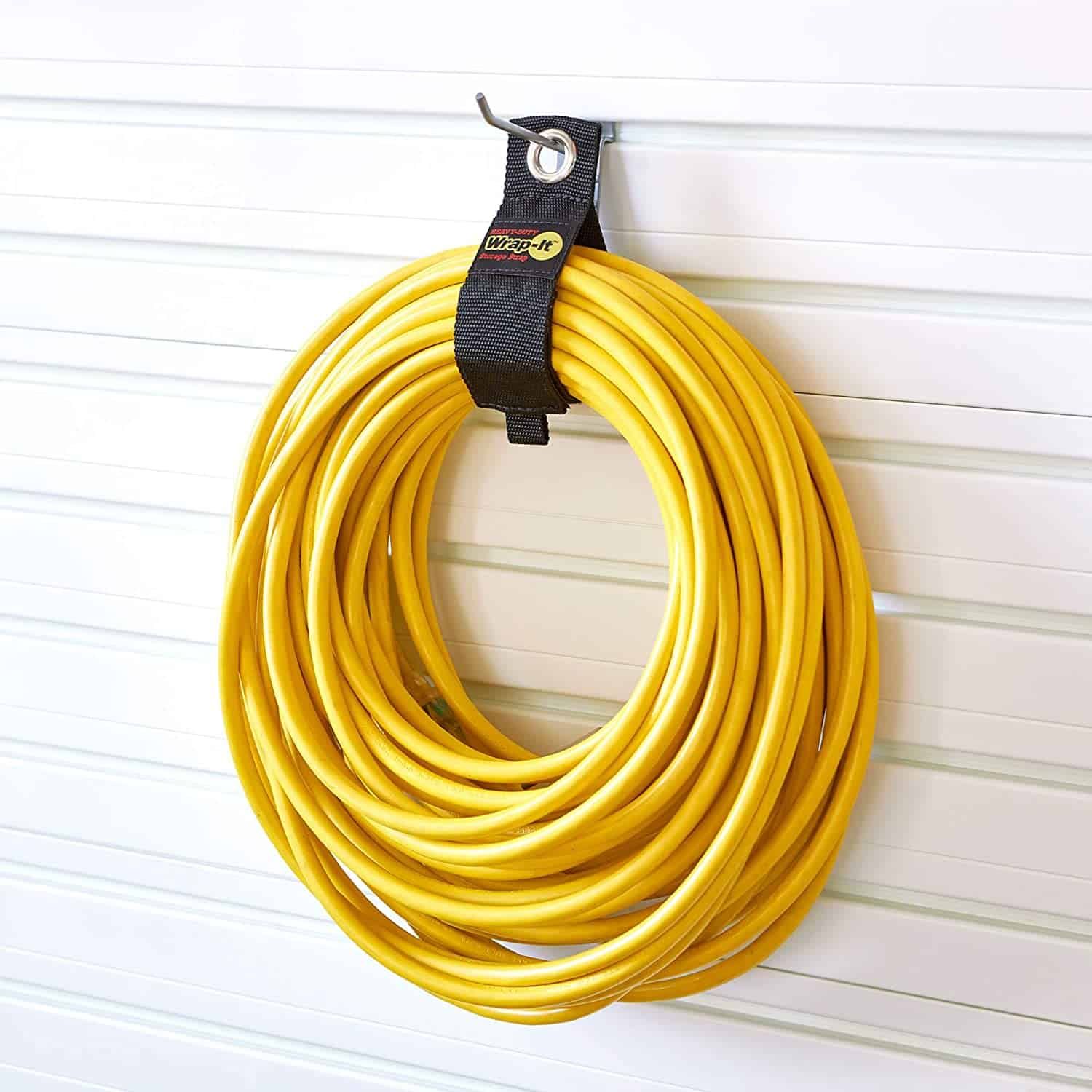
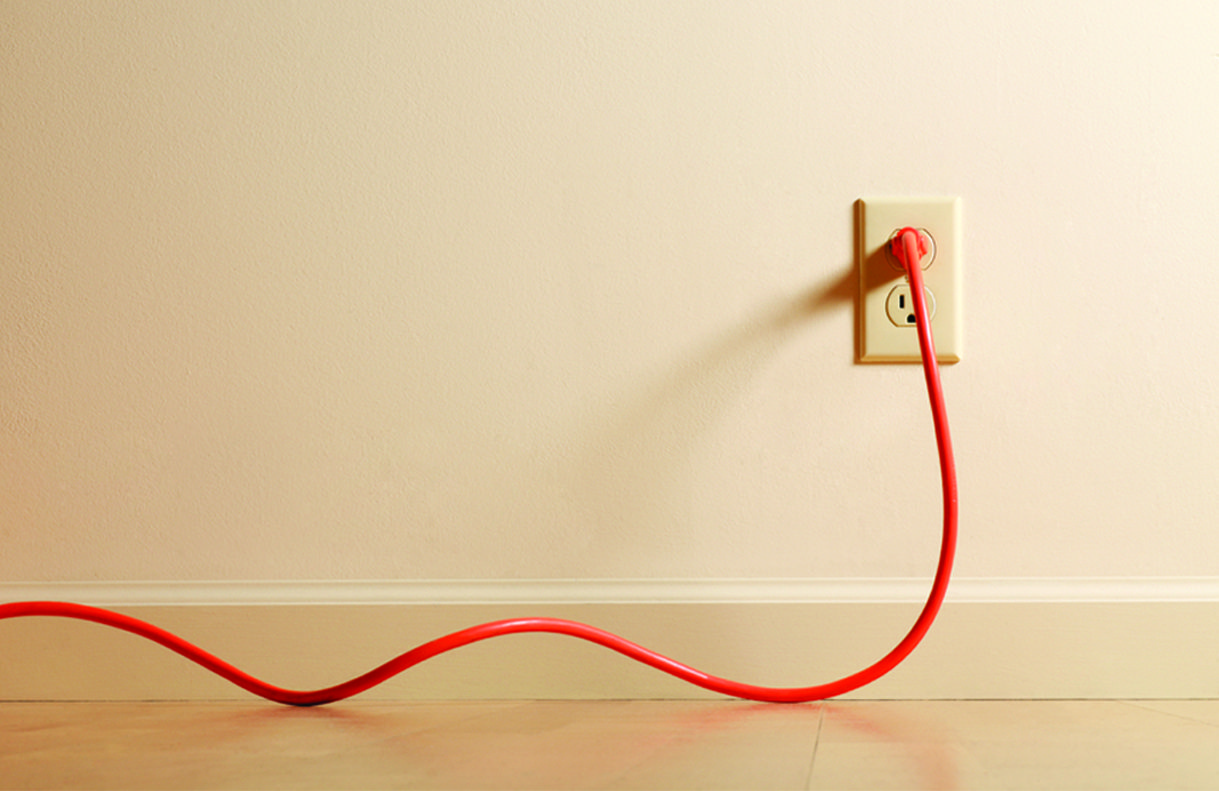
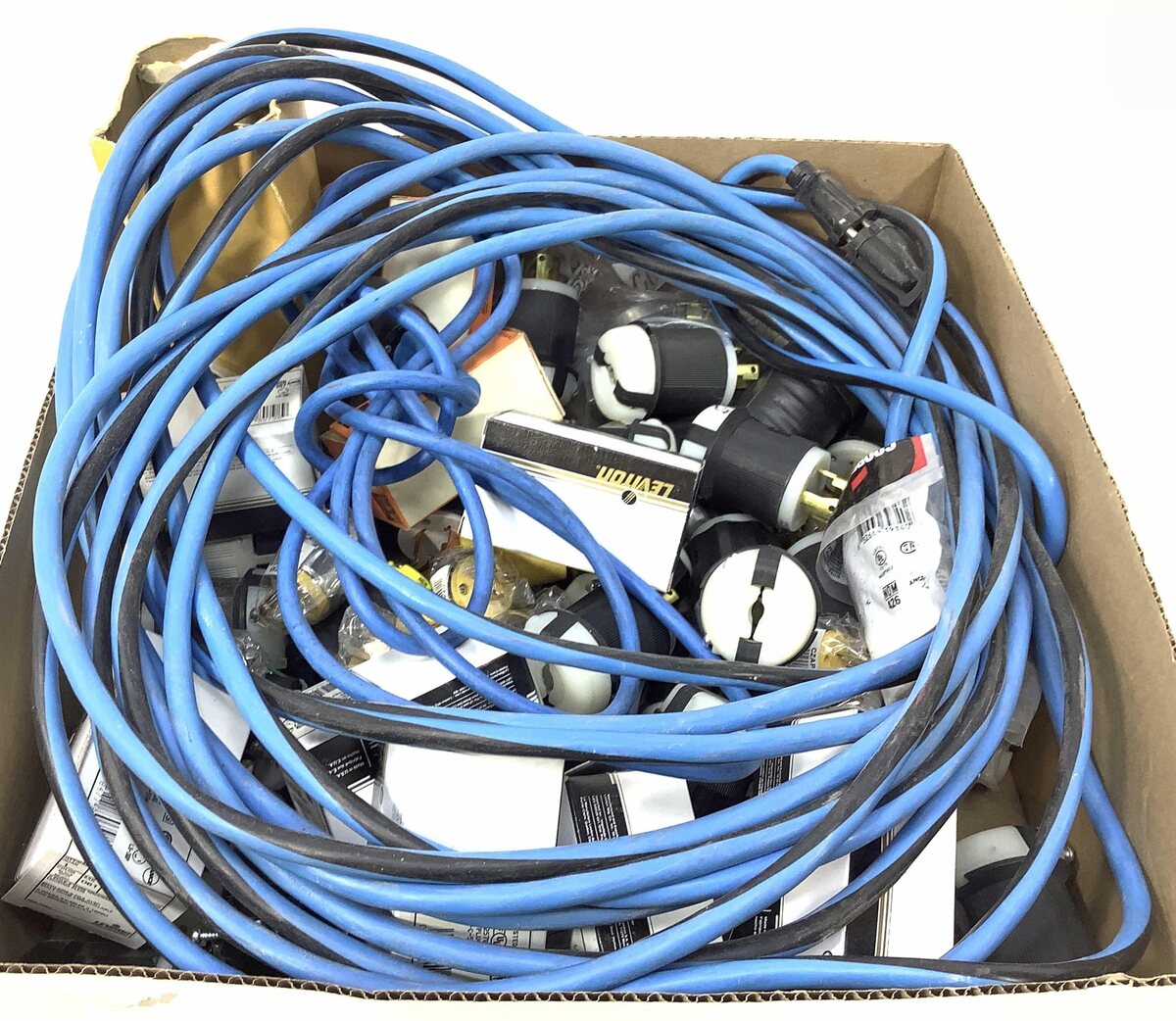
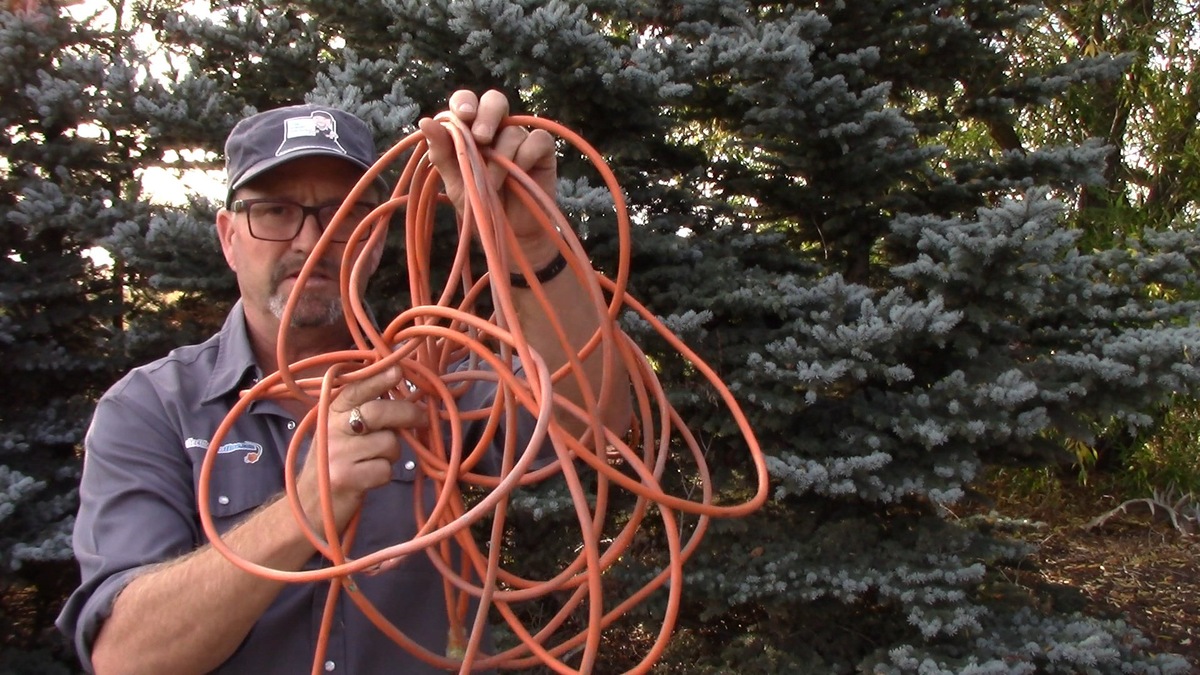
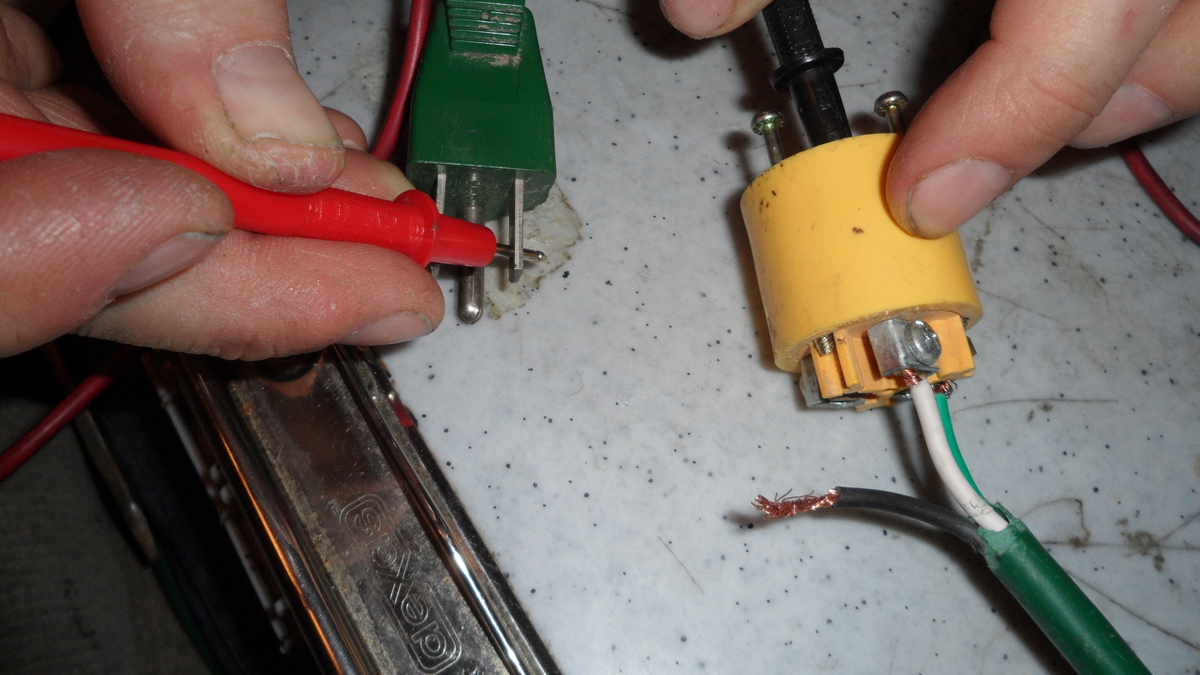
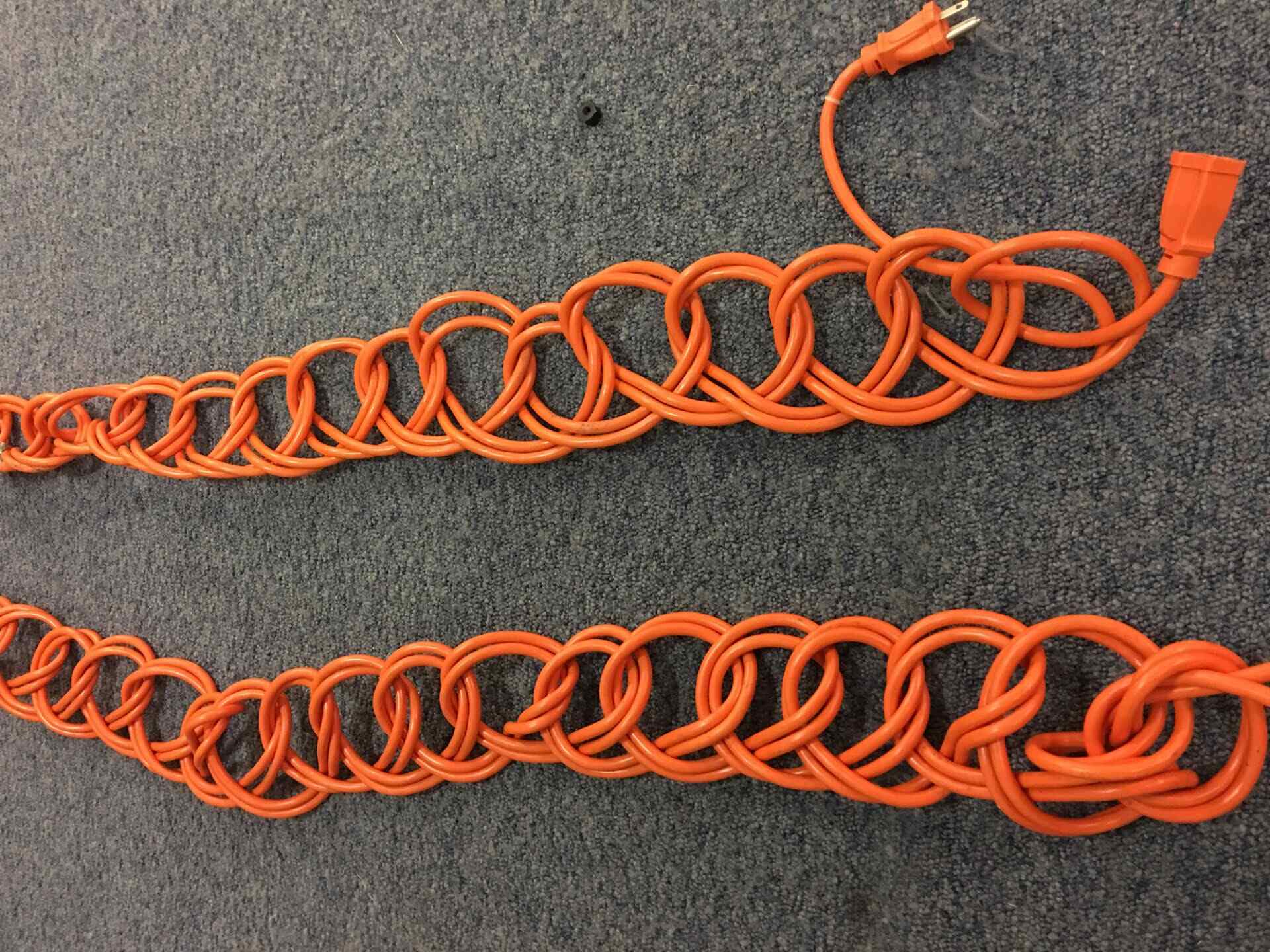
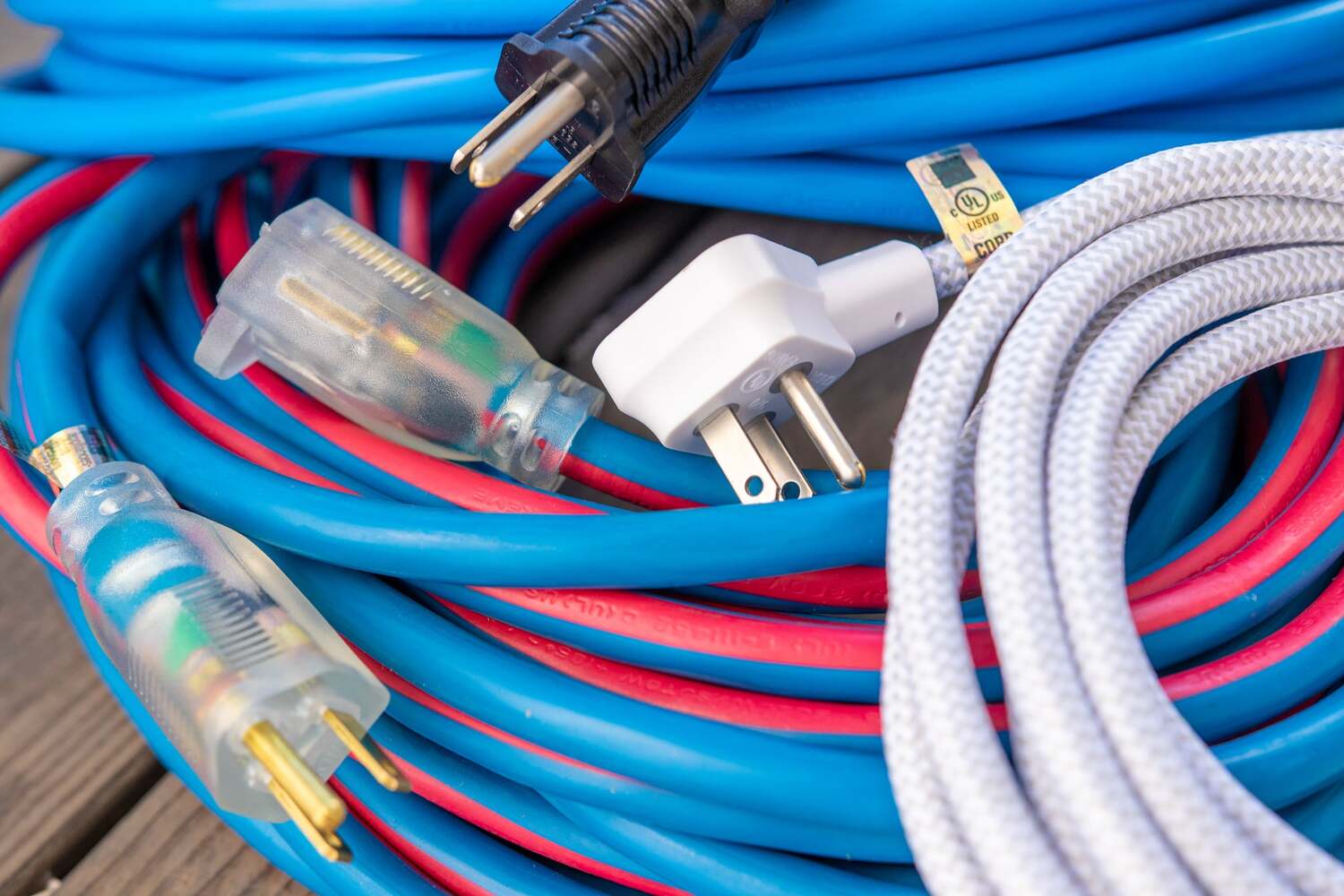
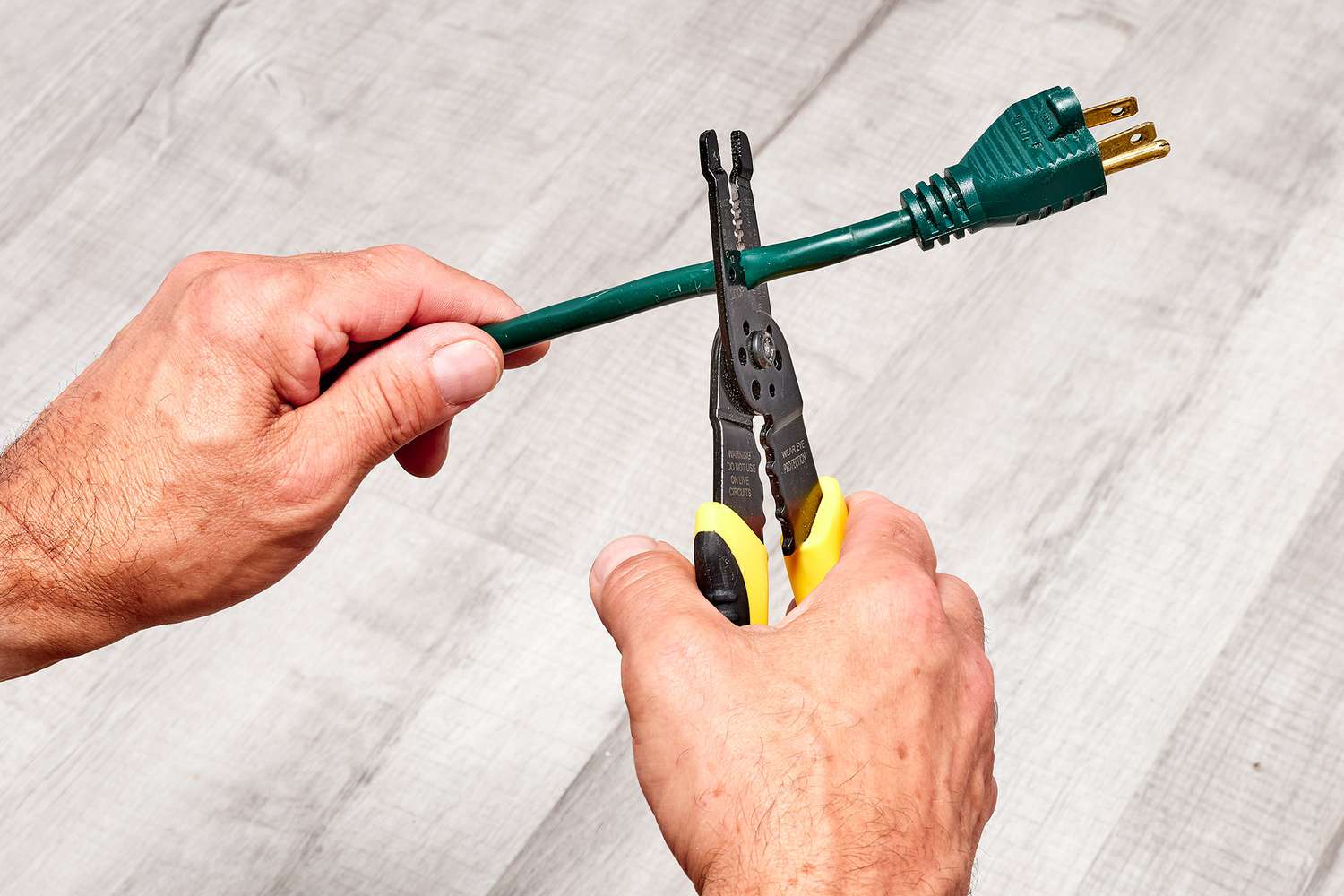
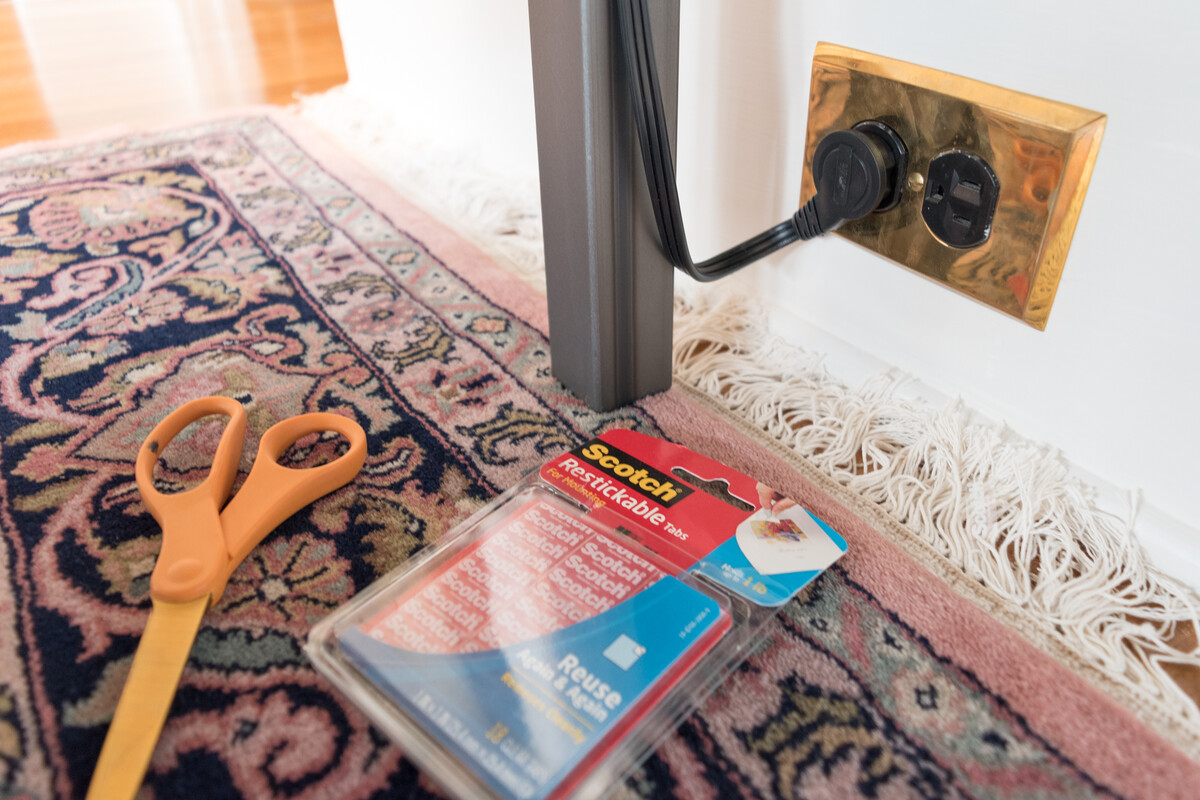
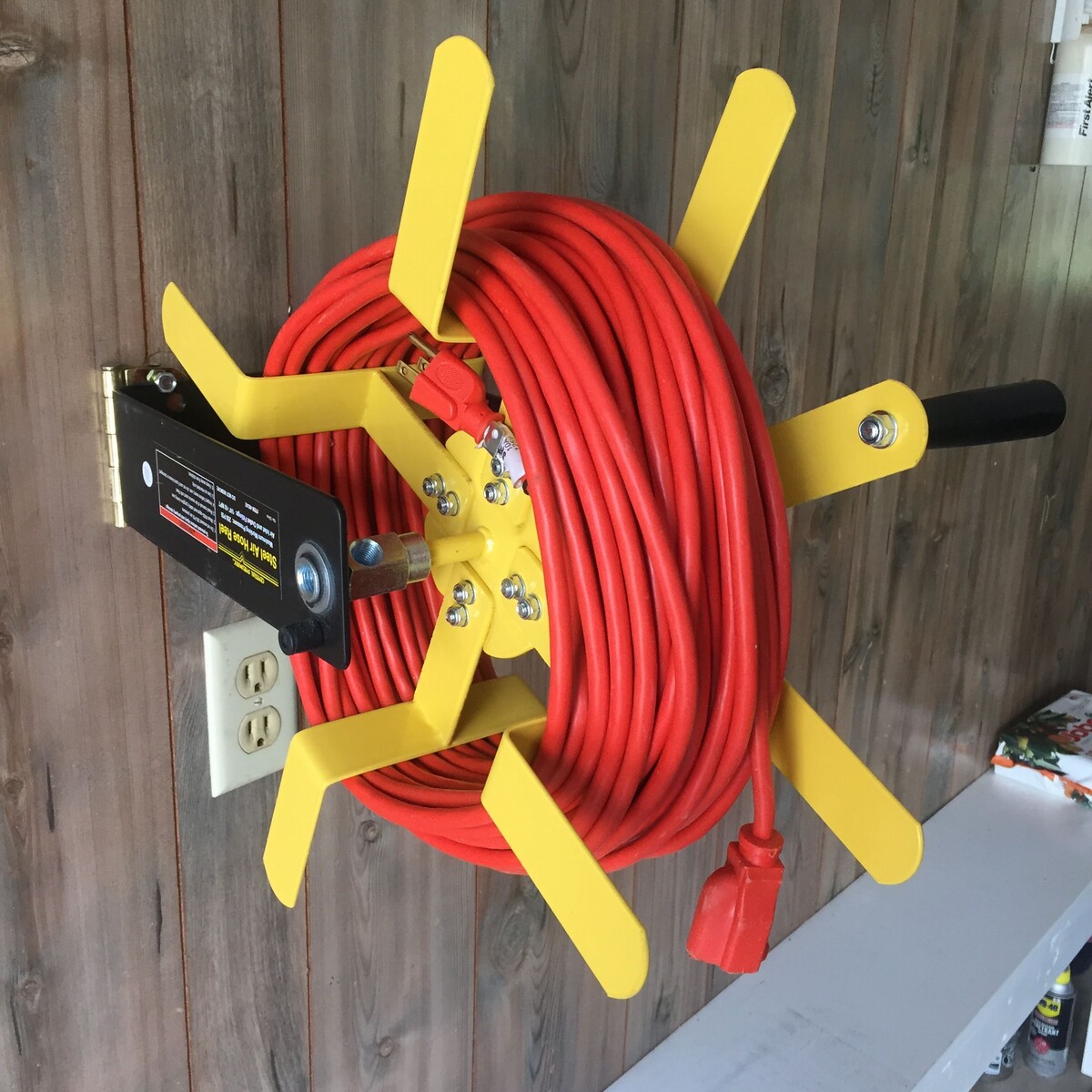
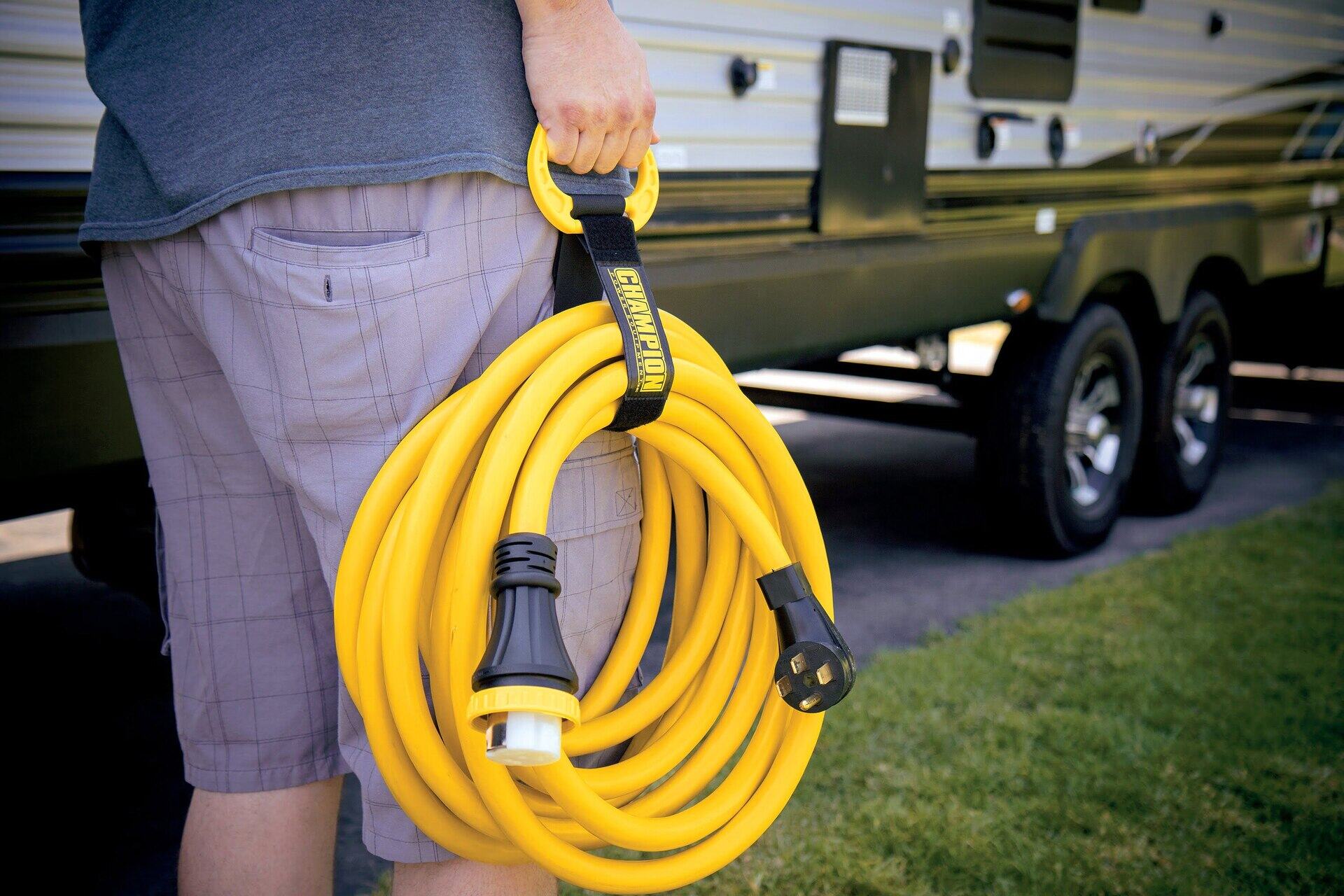
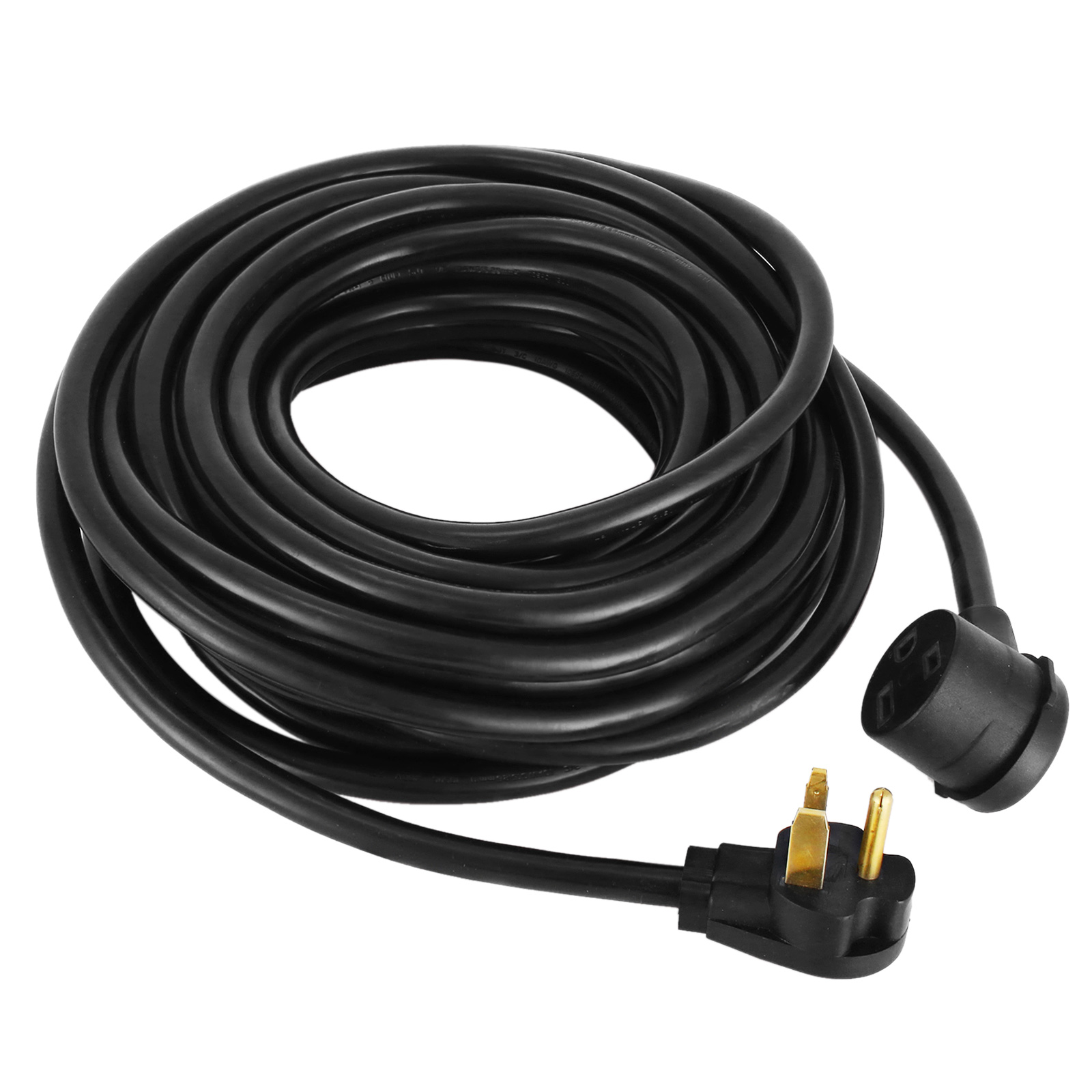
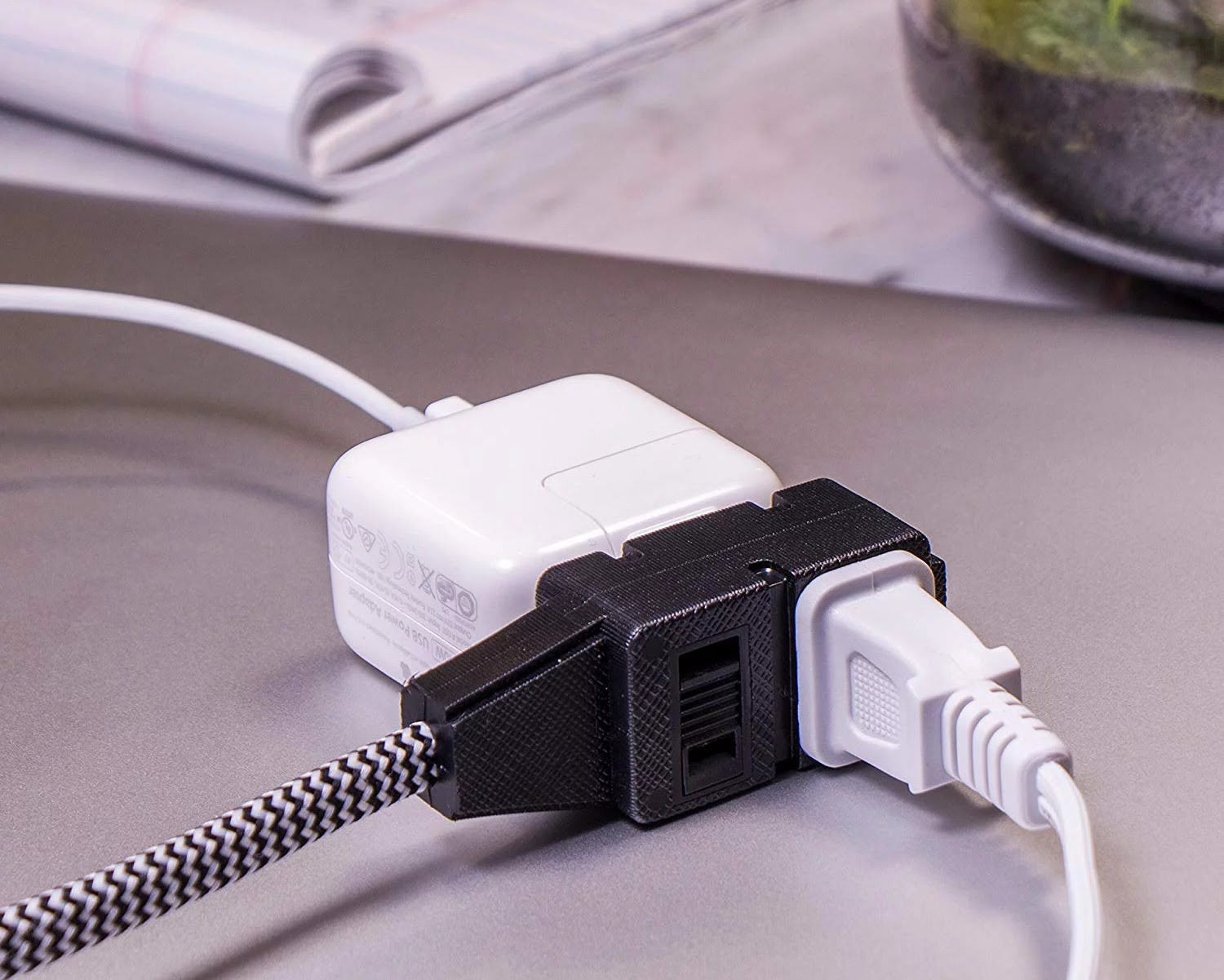

0 thoughts on “How To Store An Extension Cord”